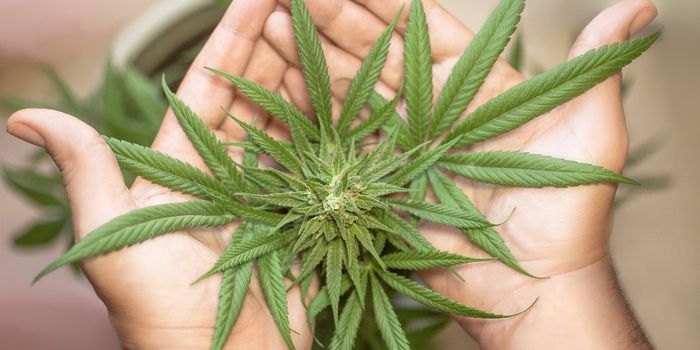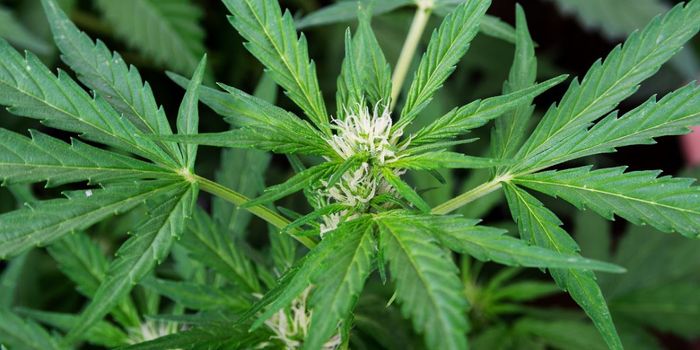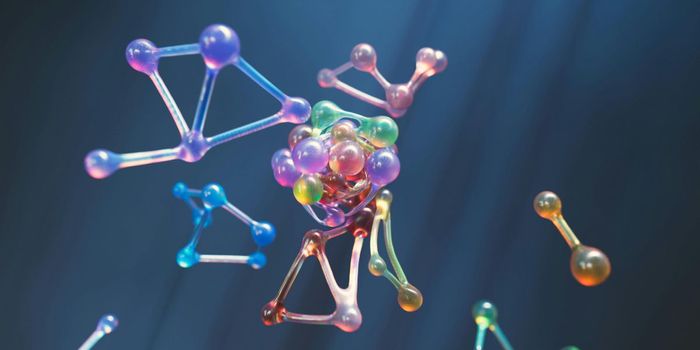Bongs and Fine Particle Exposure
A recent study published in Journal of American Medical Association measured fine particulate matter levels from social bong smoking and found that this mode of consumption generates an unsafe amount of particles when in an enclosed space. This study is the first to quantify secondhand cannabis smoke (SHCS) levels from cannabis smoking in the home.
Air quality was tested before, during and after eight different bong smoking sessions. An aerosol monitor placed in the room gauged the PM₂.₅ (Particle Matter) levels to approximate the amount of particulate matter impacting a nonsmoker in the room. The study found that cannabis bong use resulted in four times greater PM₂.₅ concentrations than cigarette or tobacco hookah (waterpipe) smoking. The study found that bong smoking increased the PM₂.₅ levels between 100 and 1000 fold in six of the smoking sessions, and levels increased more than 20-fold in two other sessions.
Many people believe that SHCS is safer than secondhand tobacco smoke (SHTS). However, there is little research on the effects of SHCS and cannabis smoke does have a significant amount of chemicals, carcinogens, and fine particulate matter (PM2.5). Medical professionals are calling for increasing public health awareness about how cannabis bong smoking generates some particulates at a higher rate than tobacco smoke.
Many fine particles remain in bong water after use, so following proper use and cleaning of smoking devices minimizes health risks. Regular cleaning can prevent illness and infection caused by bacteria, viruses, algae, and mold found in dirty bong water. It is important to clean your bong regularly as frequently as possible and it is best to spill out the water each day and add fresh water before use. Thoroughly cleaning cool bongs with rubbing alcohol or a solution several times a week is ideal, but once a week reduces many potential threats. A biofilm forming on the water after a day or so may be a sign that the water might contain growing bacteria, yeast, mildew, and viruses.
Source: JAMA








